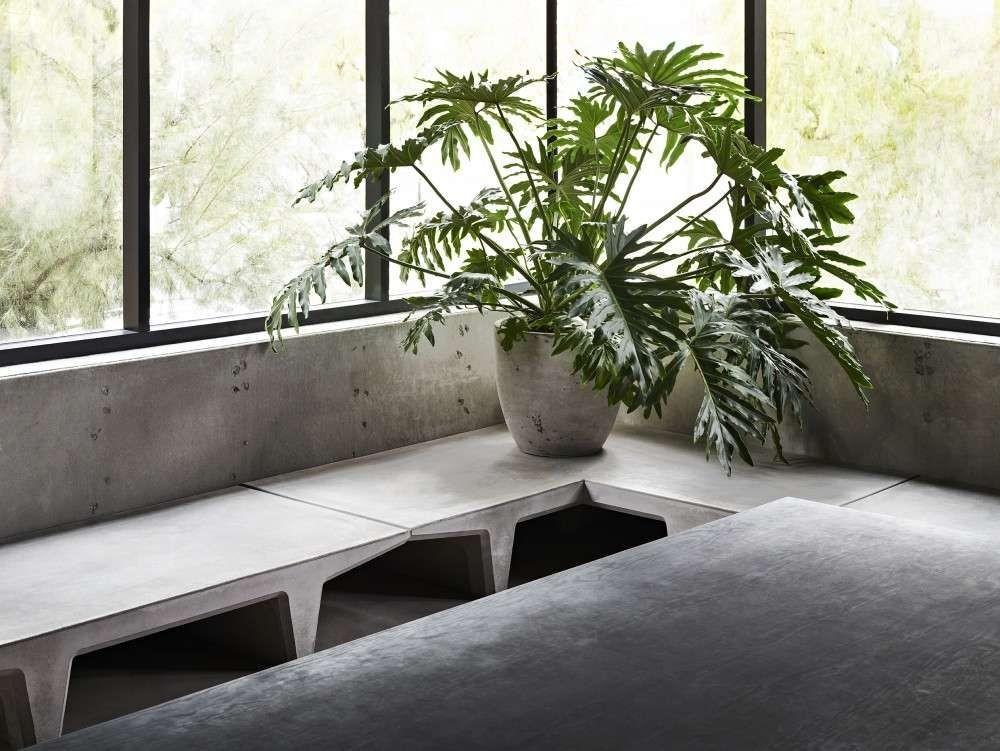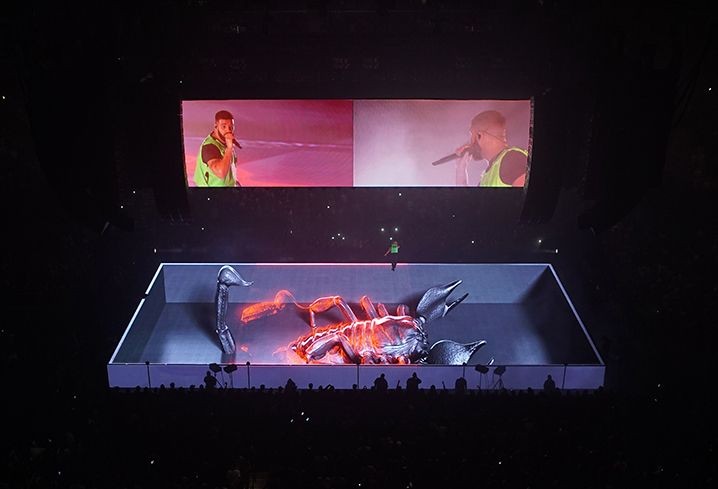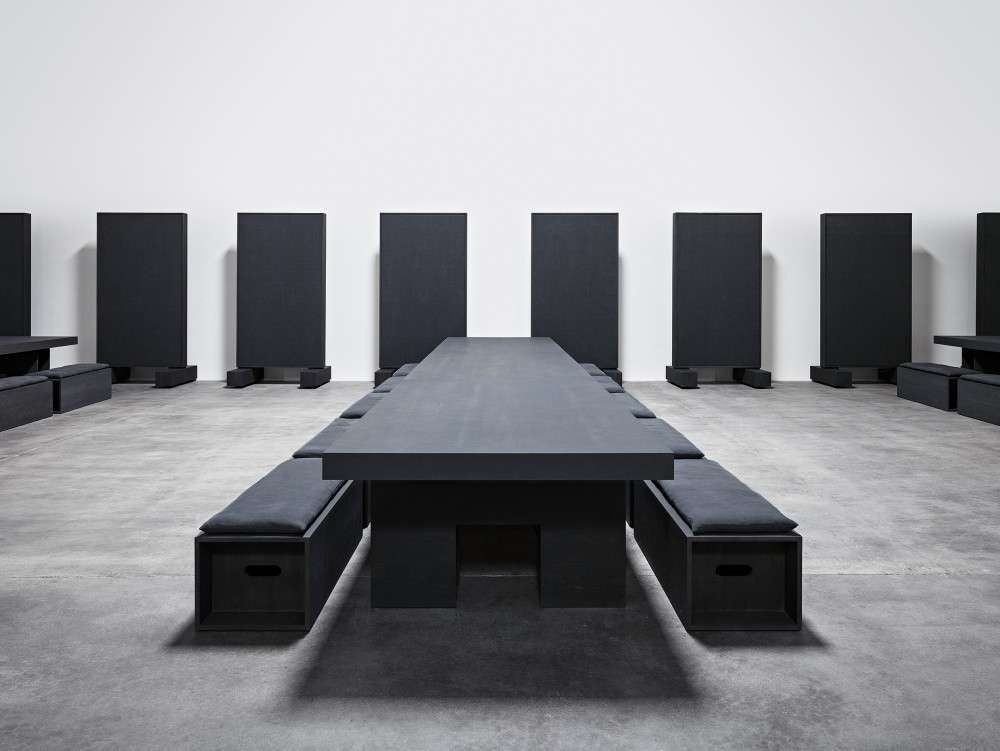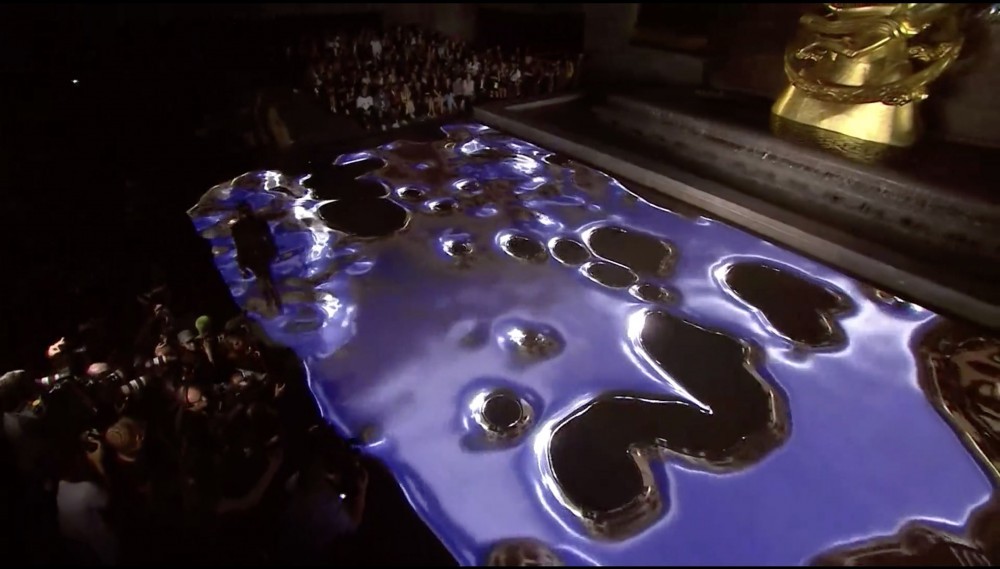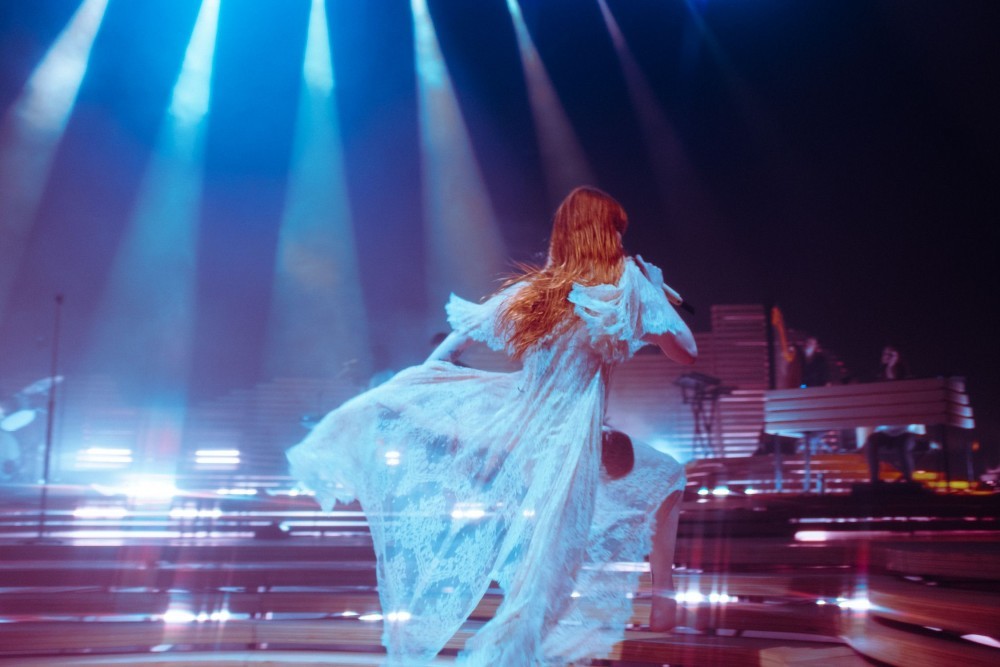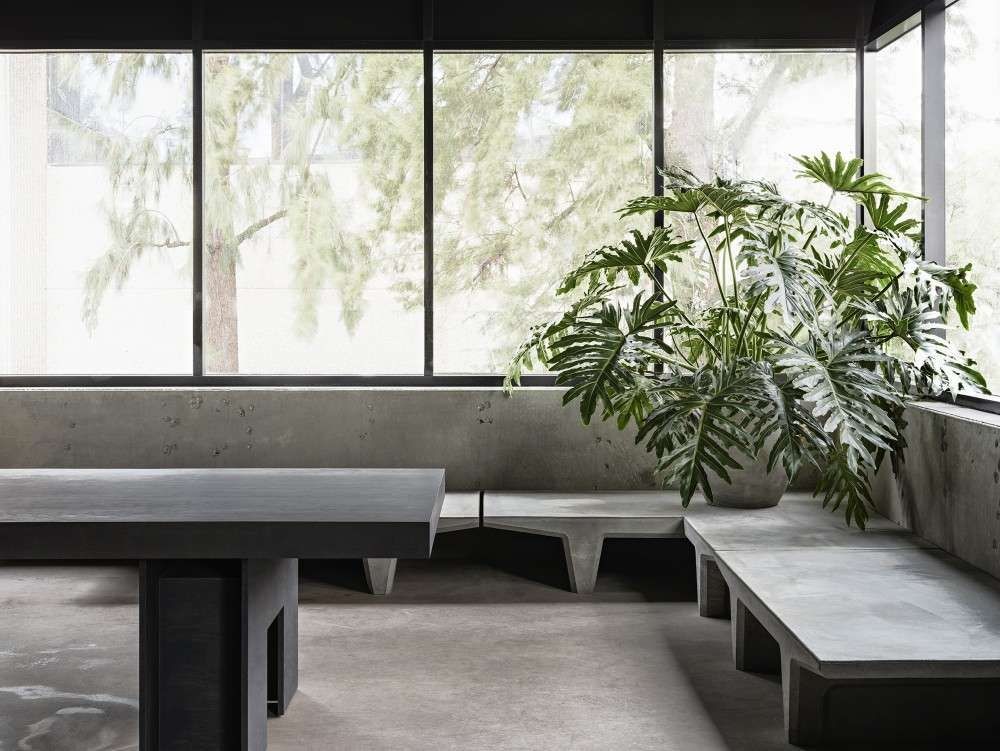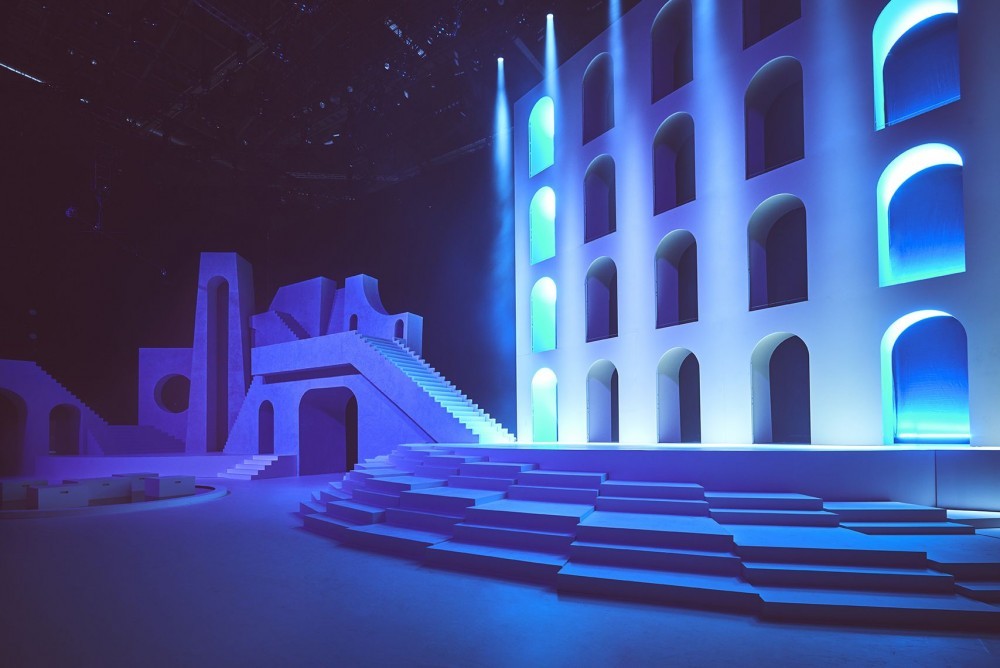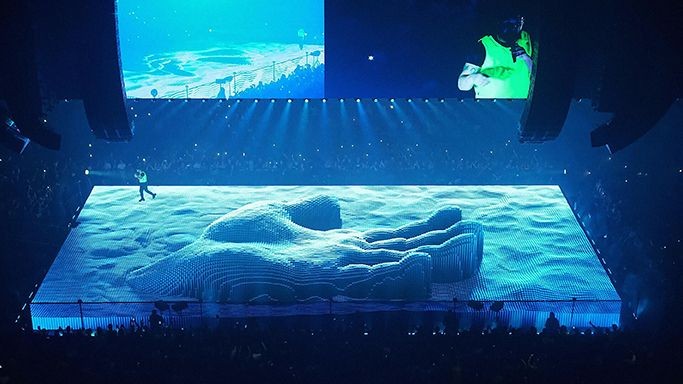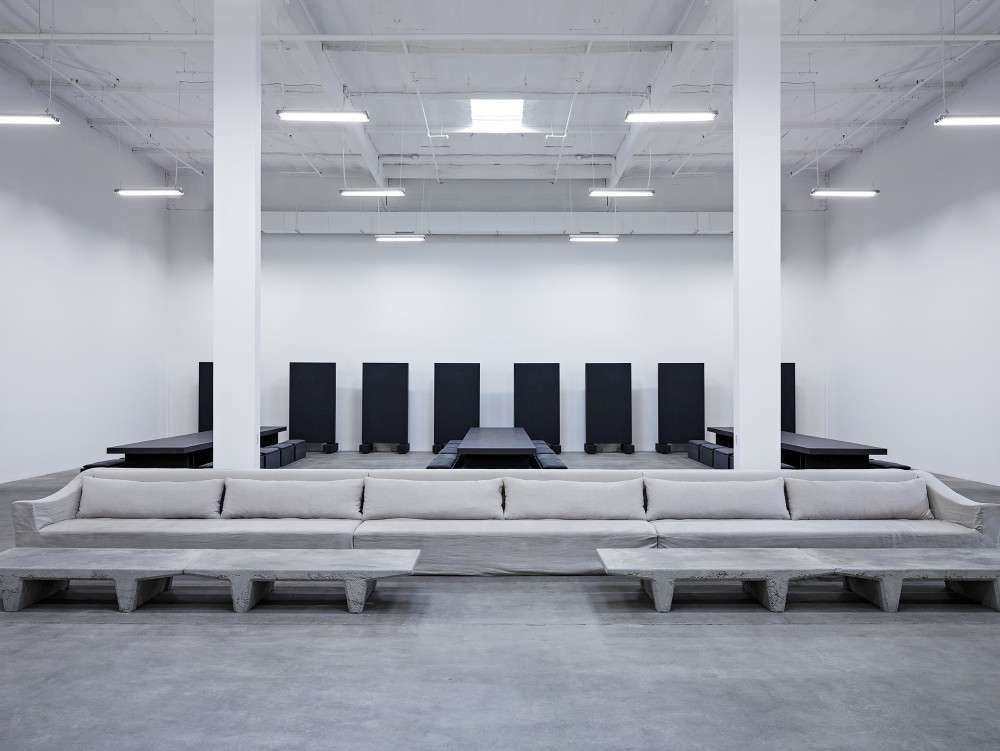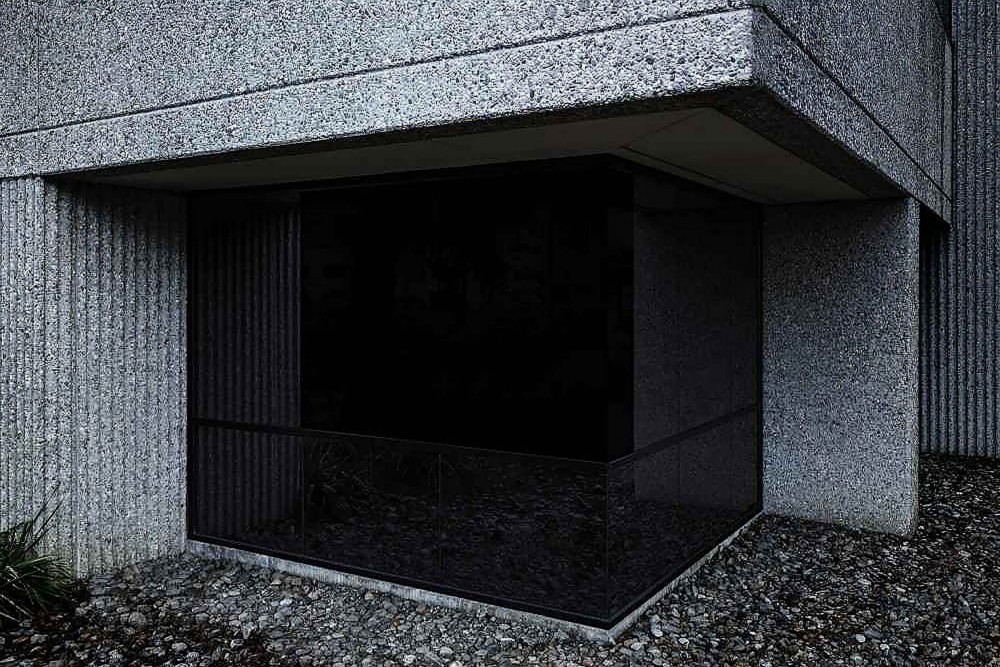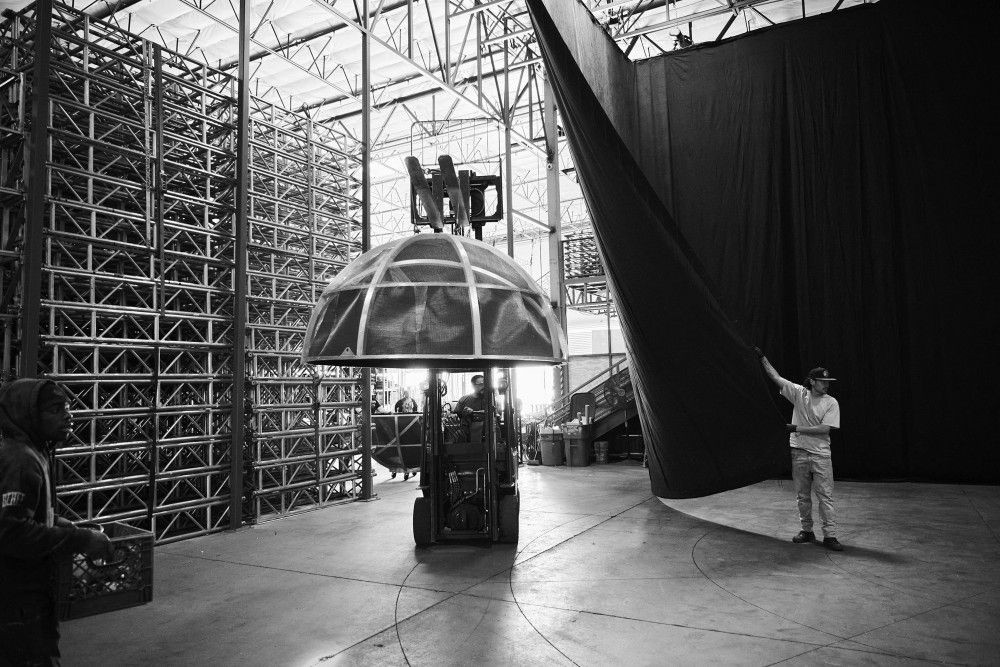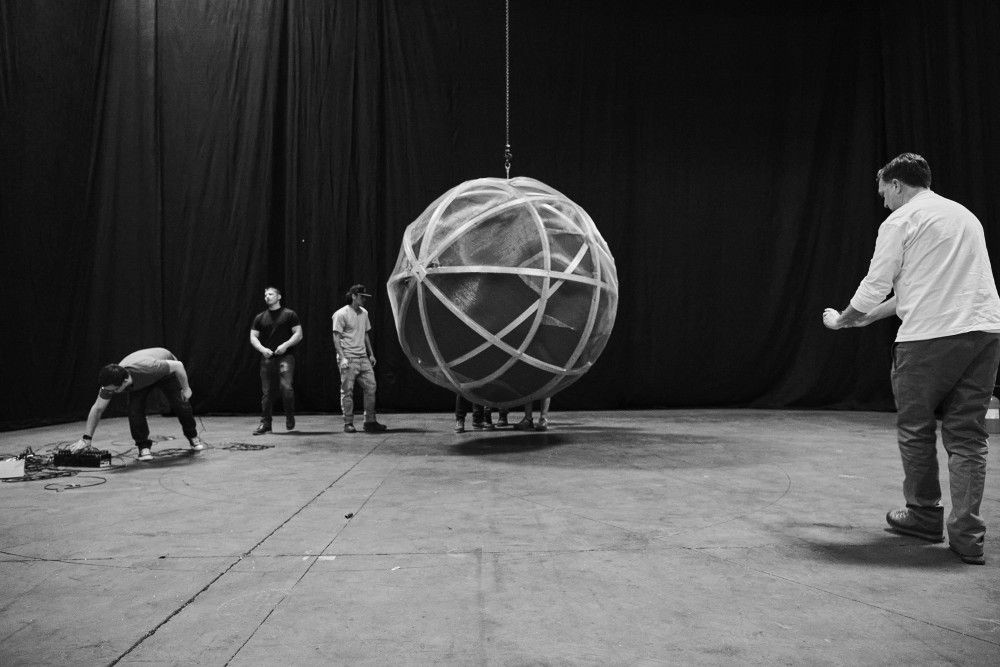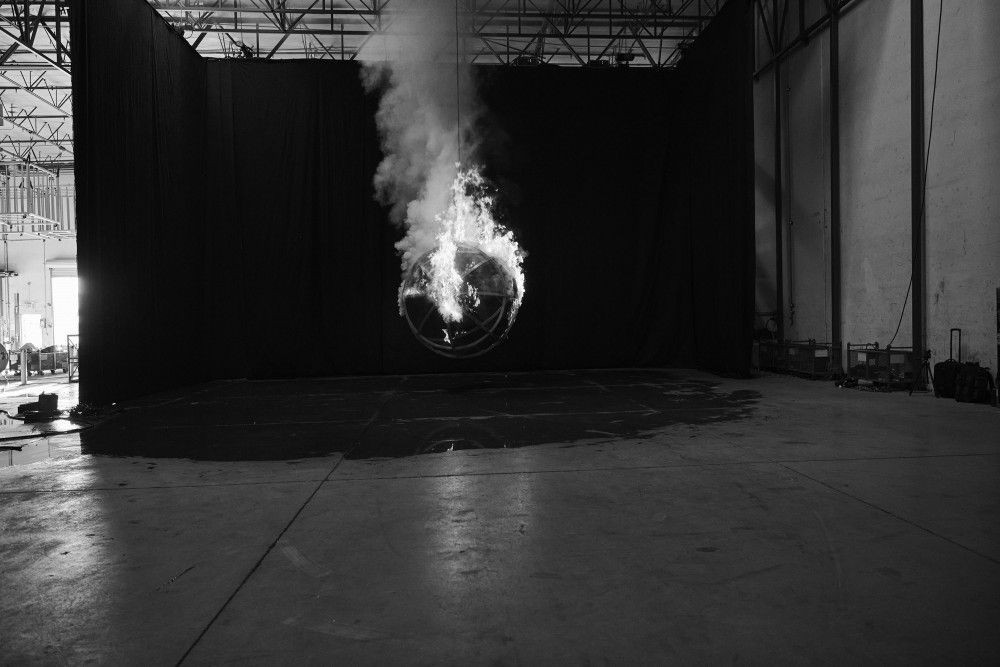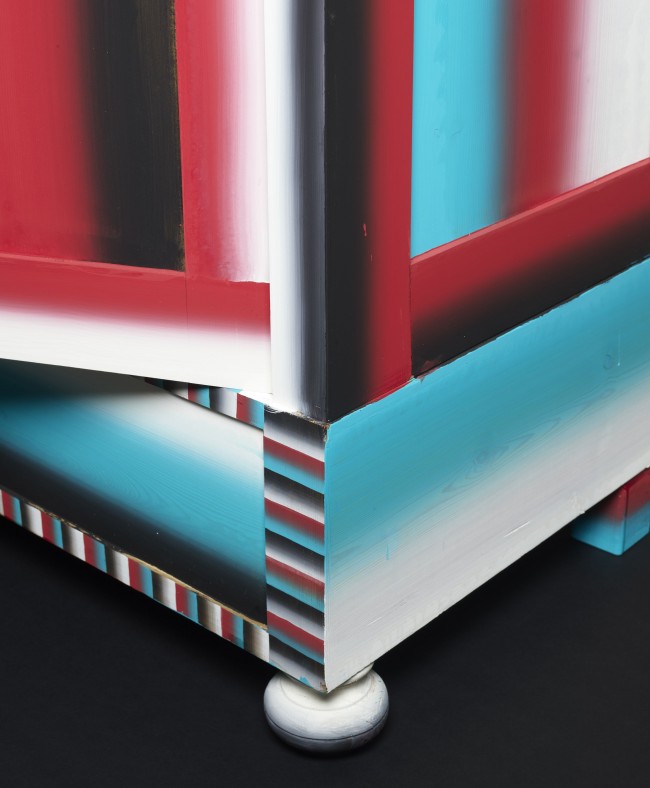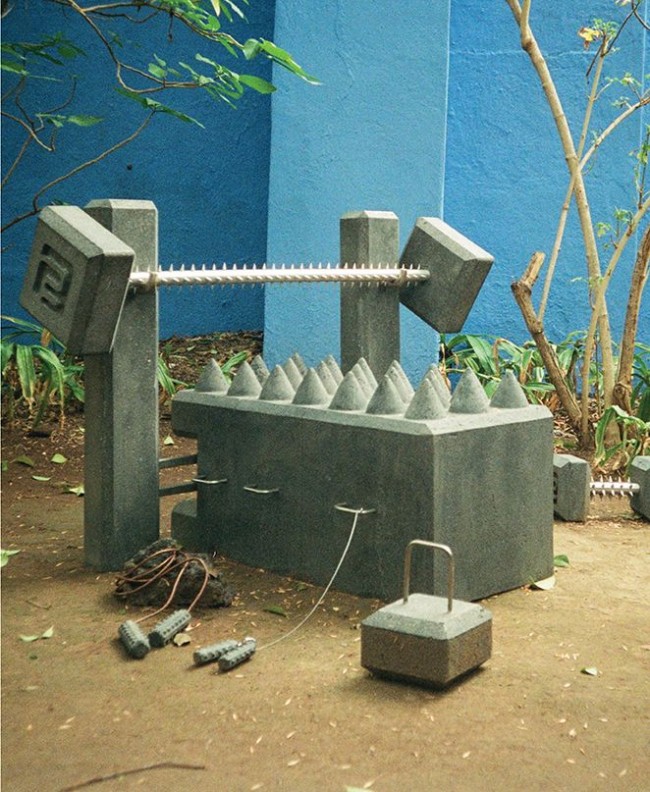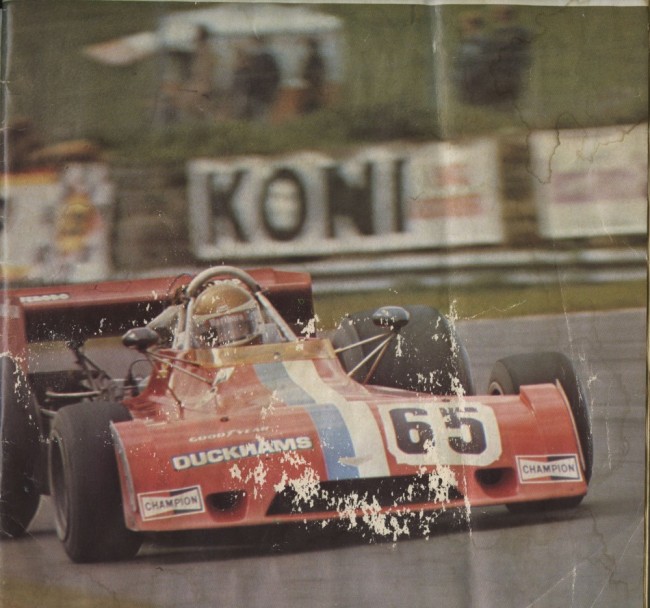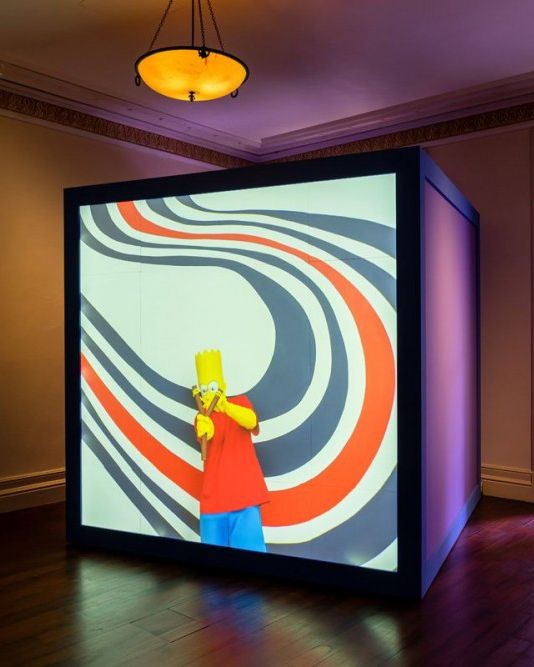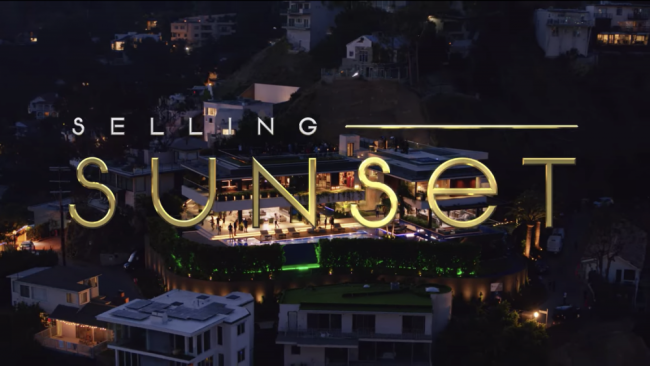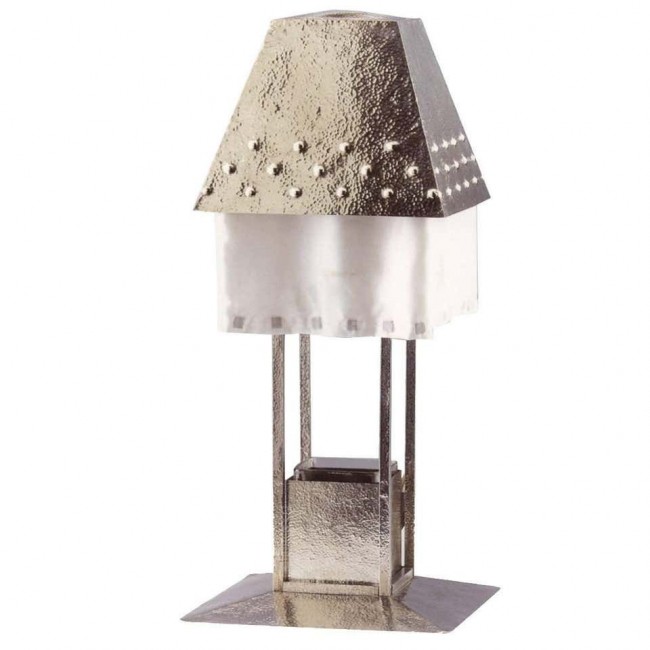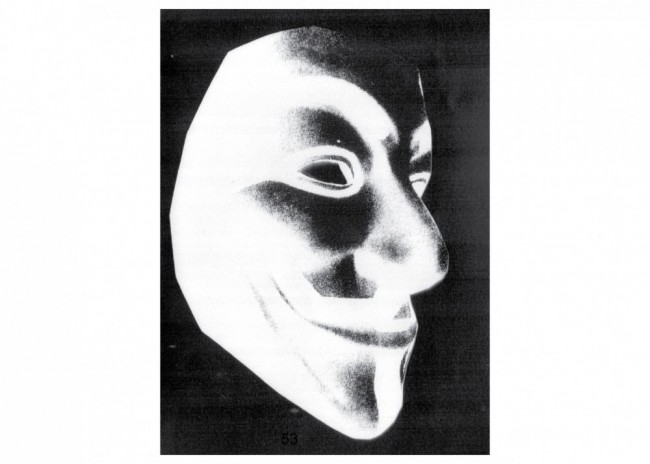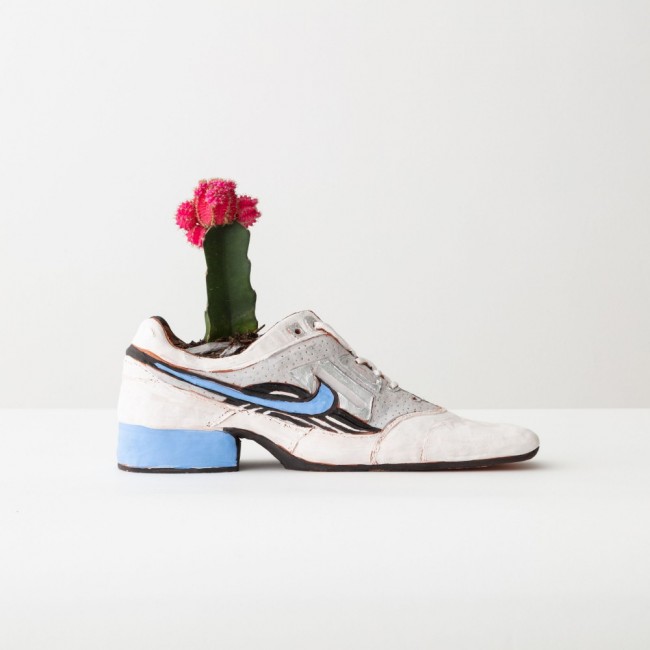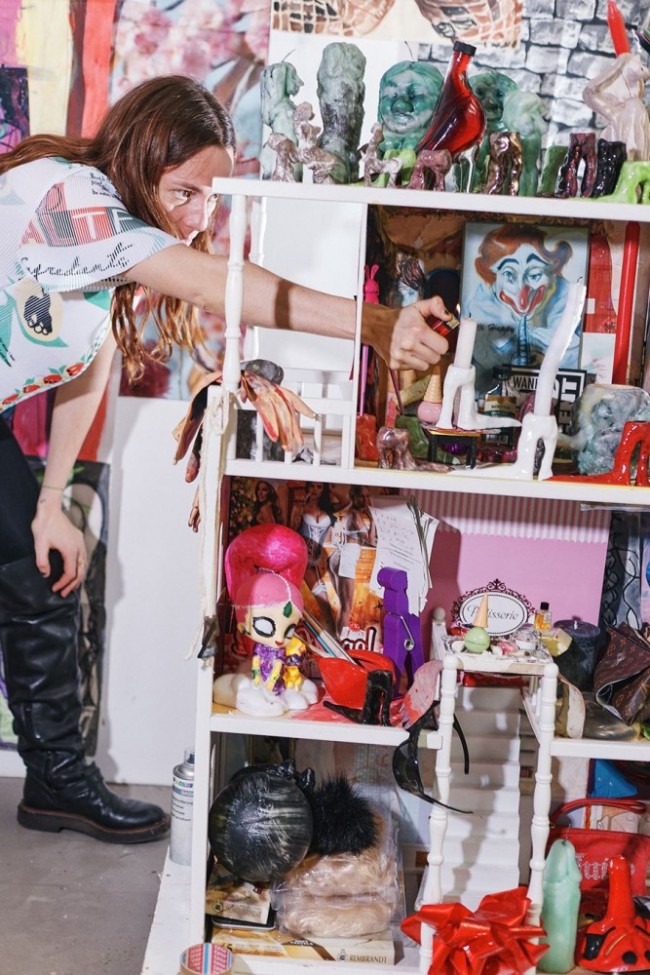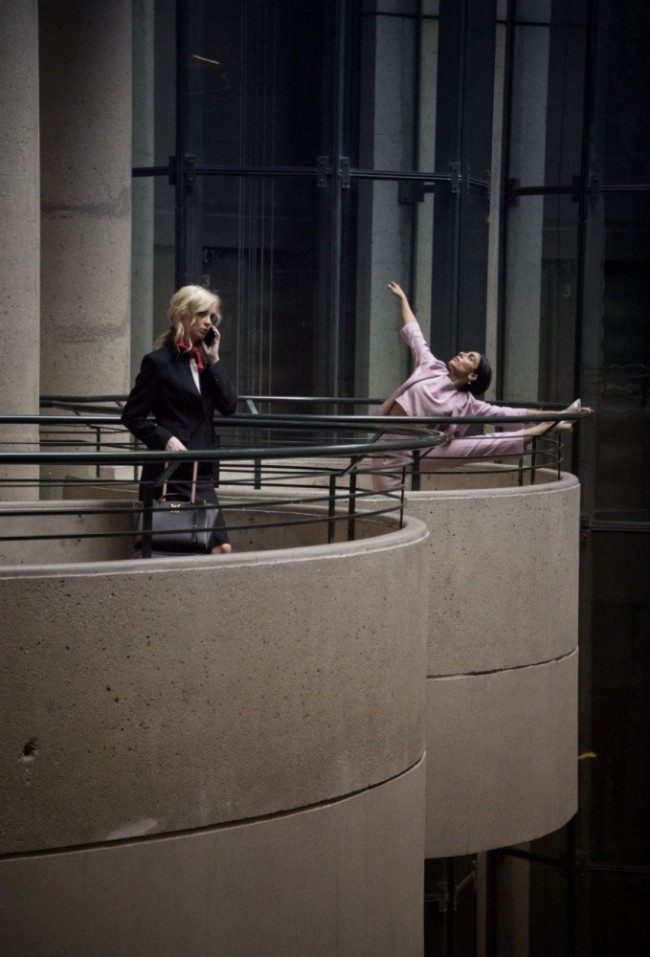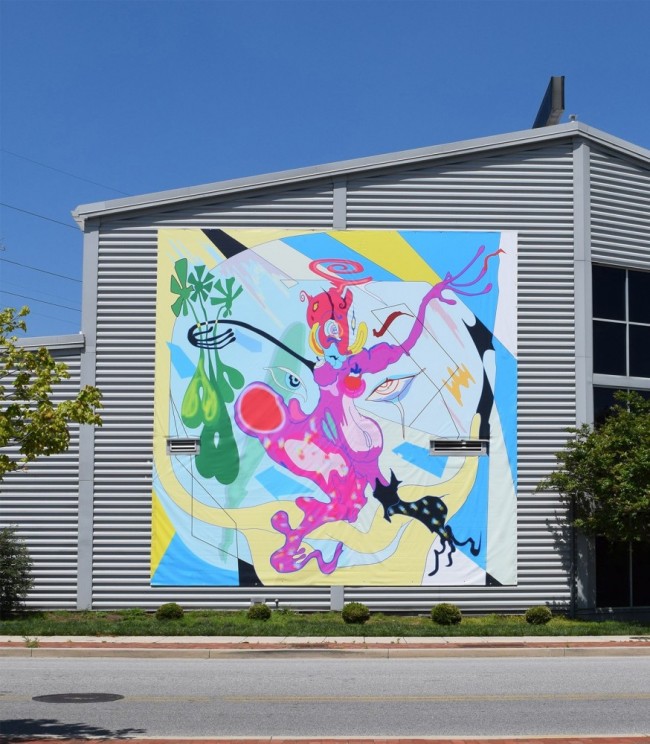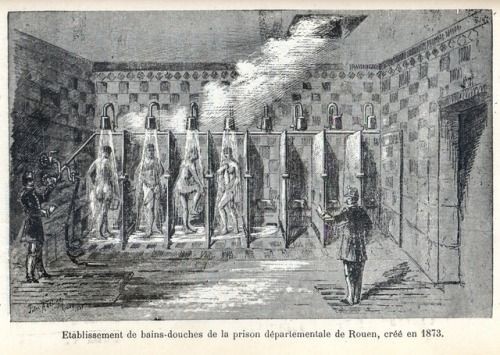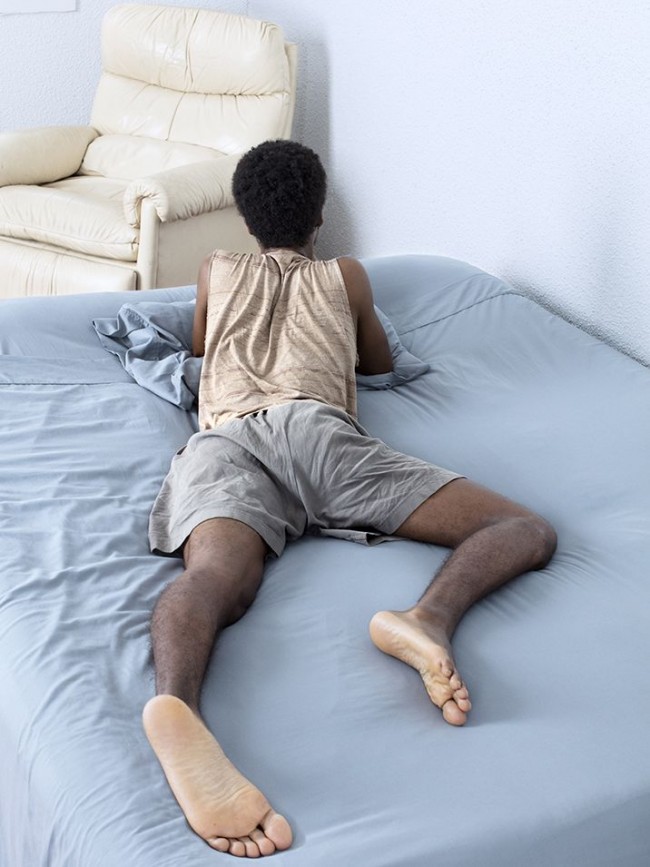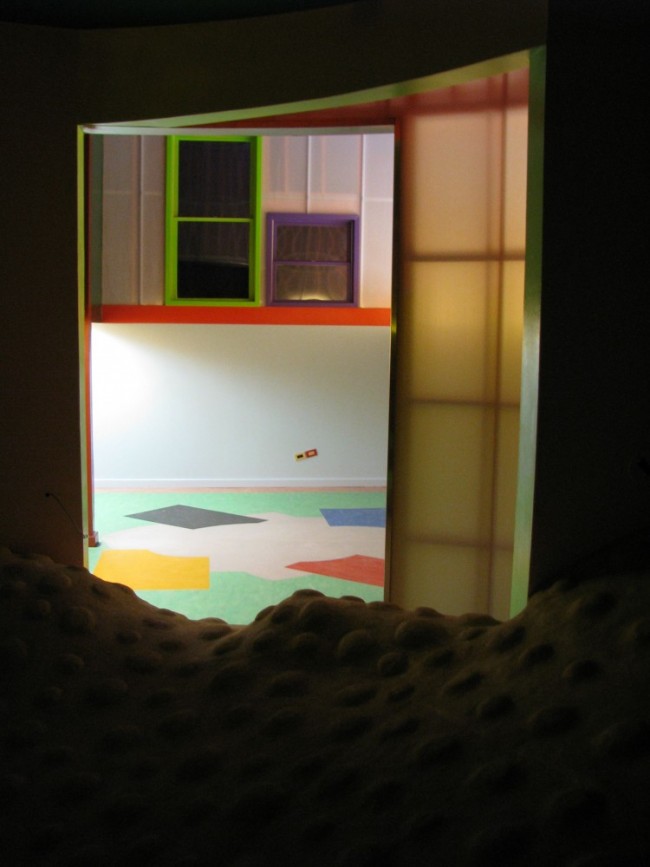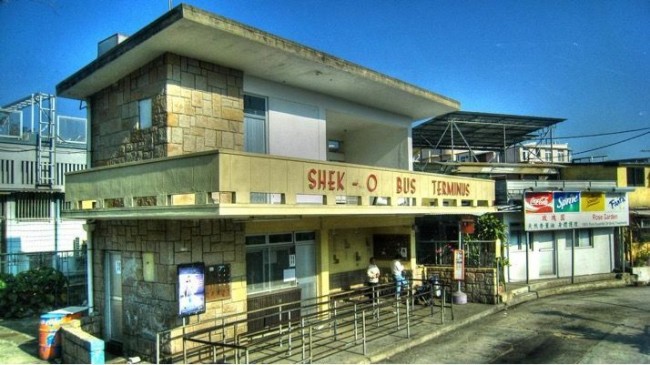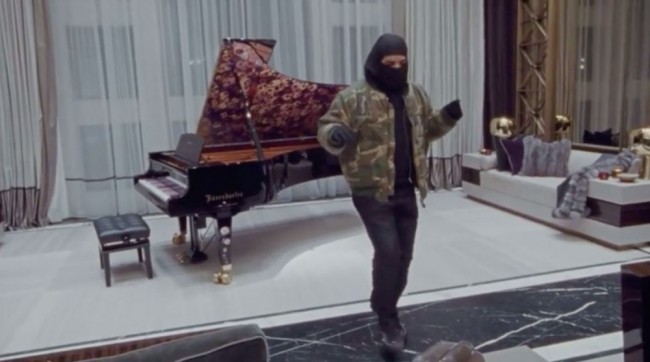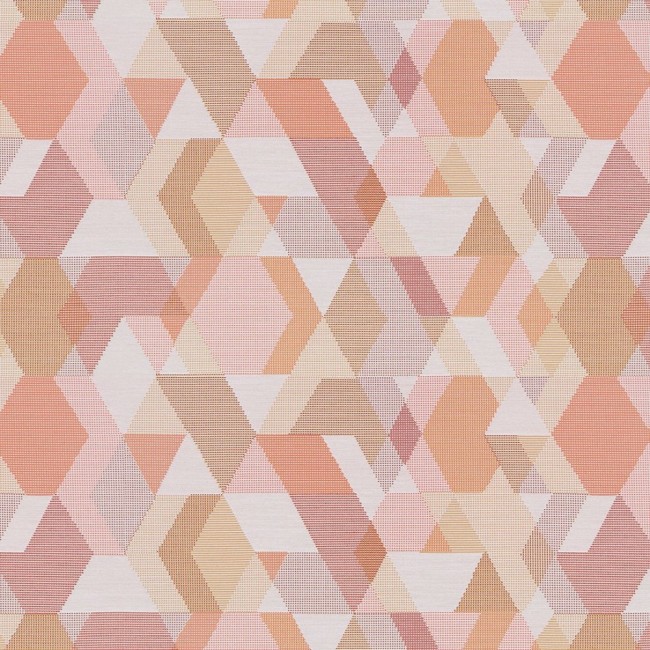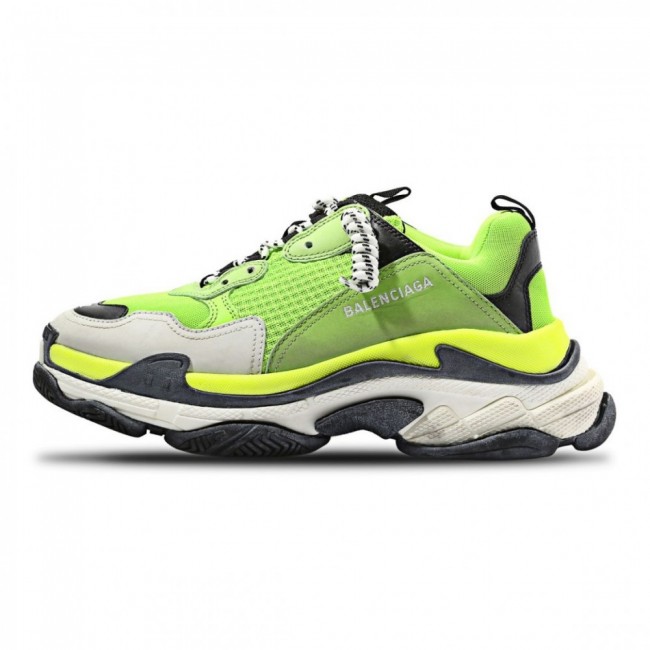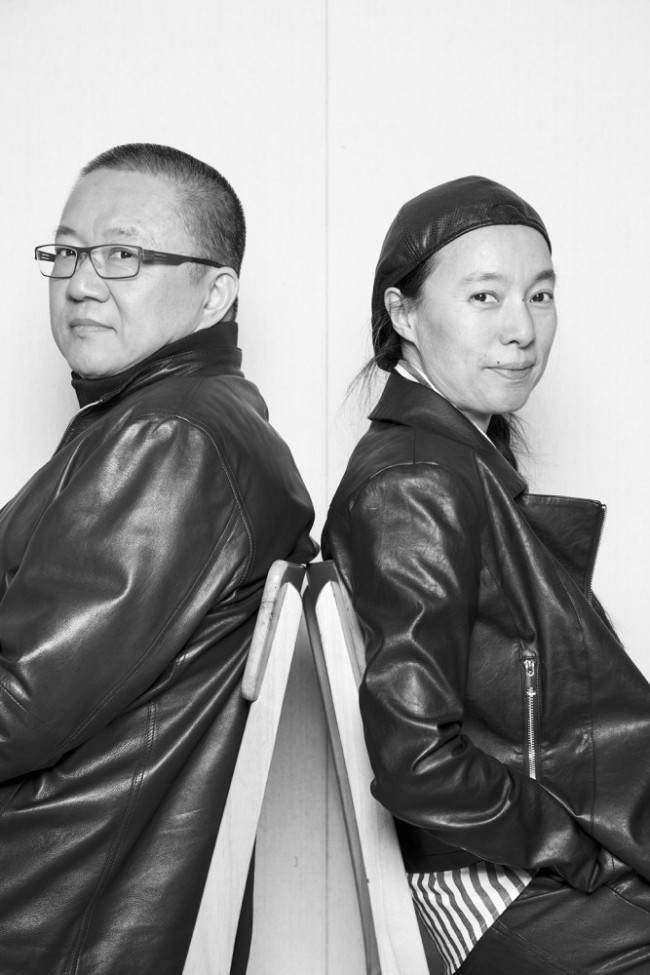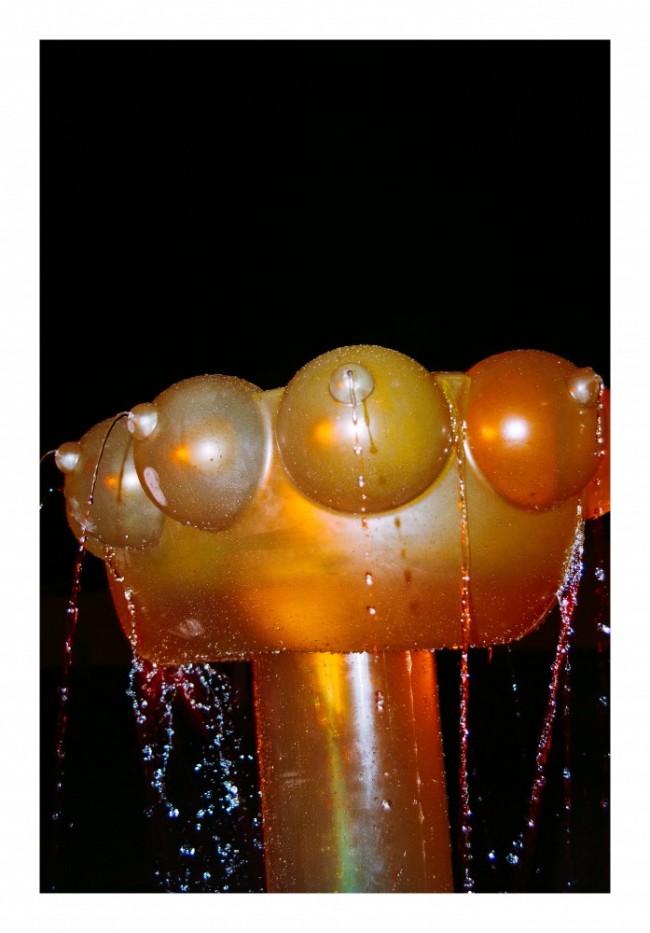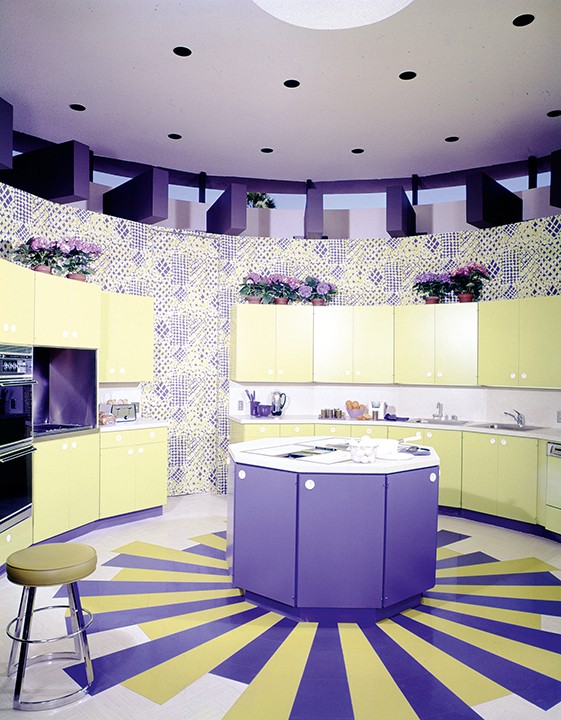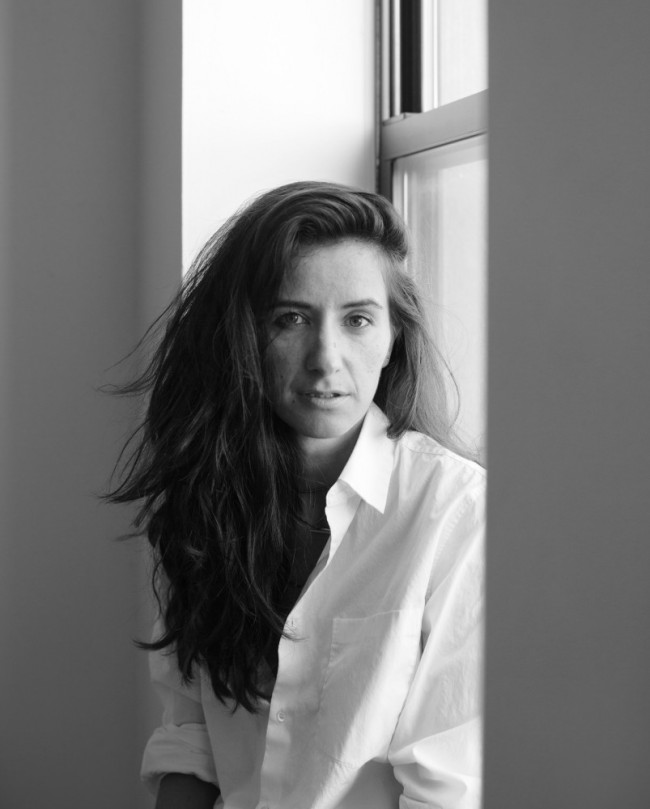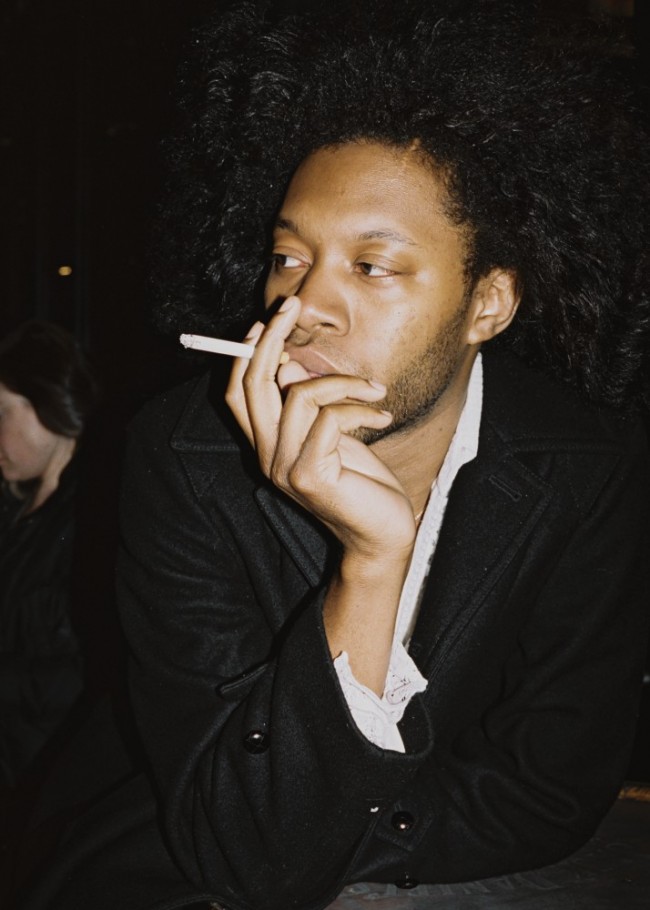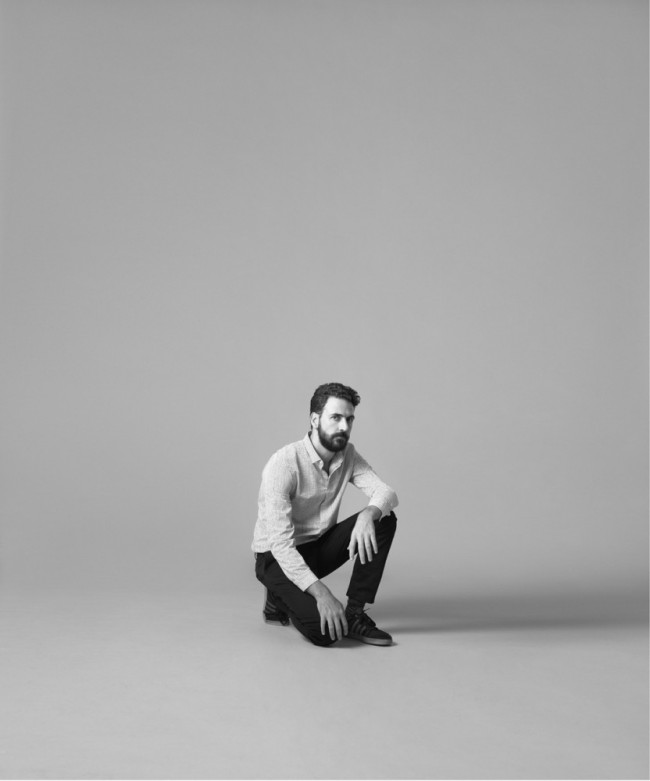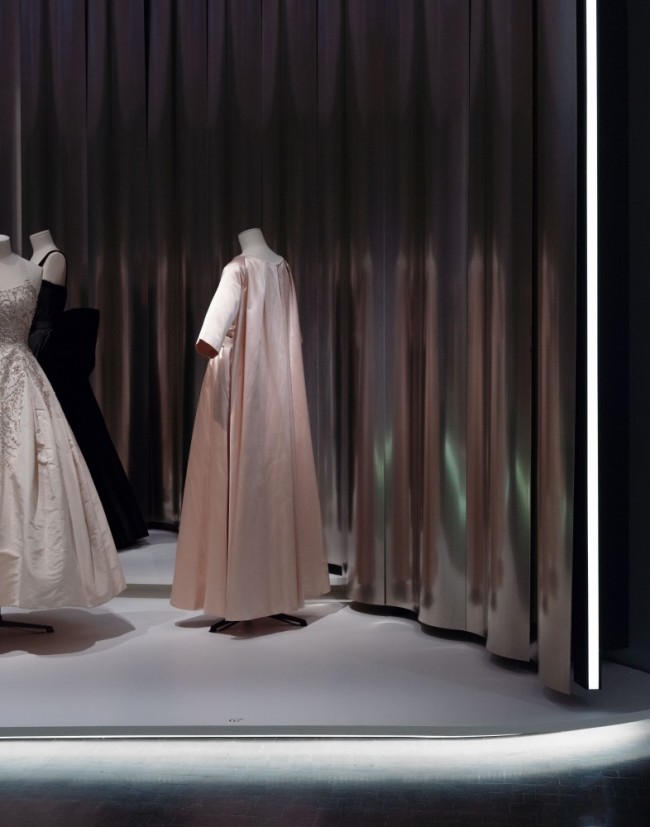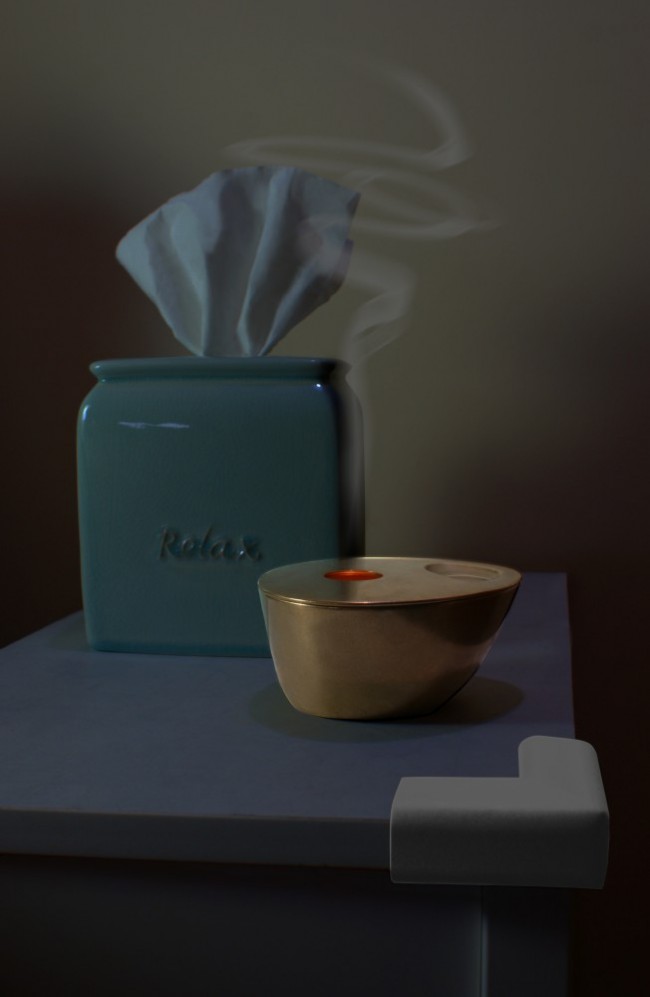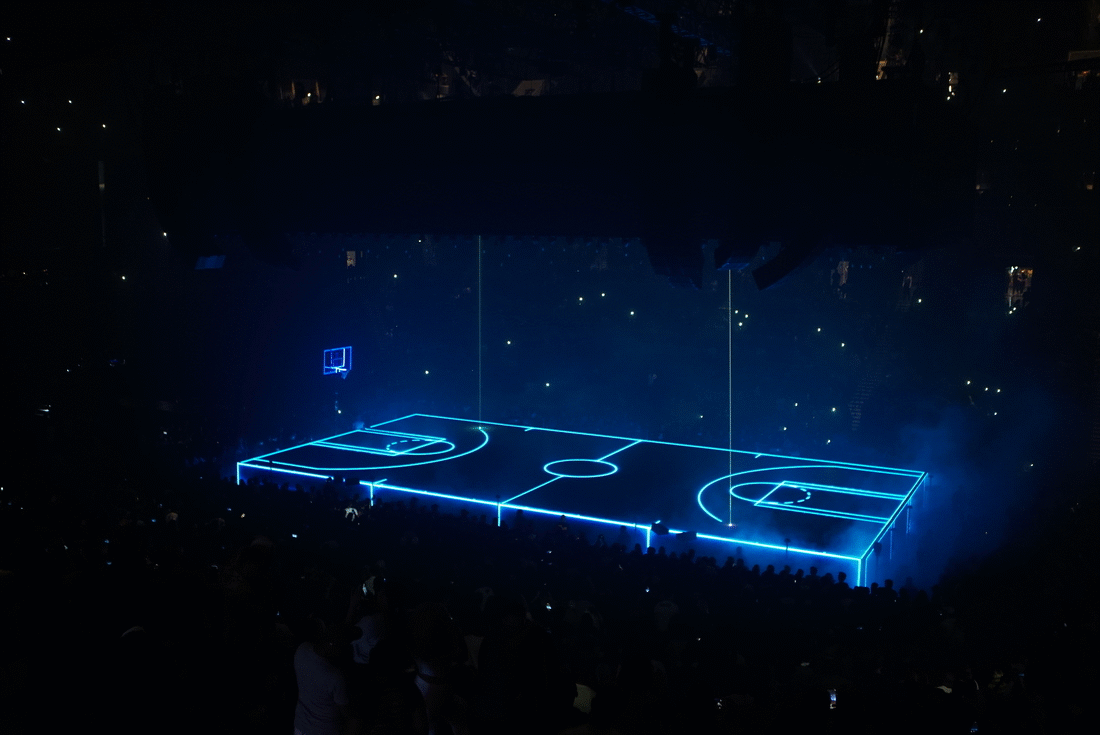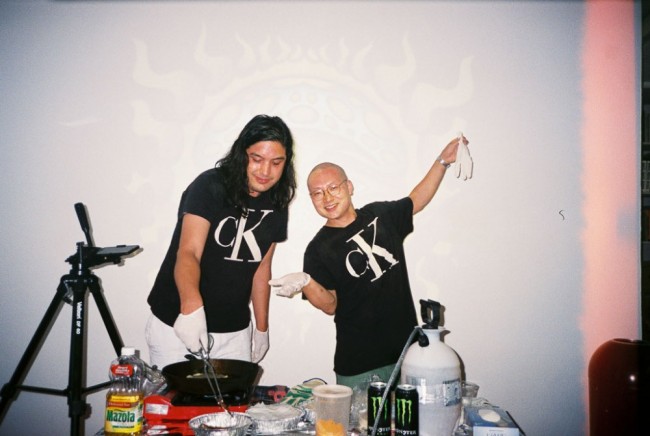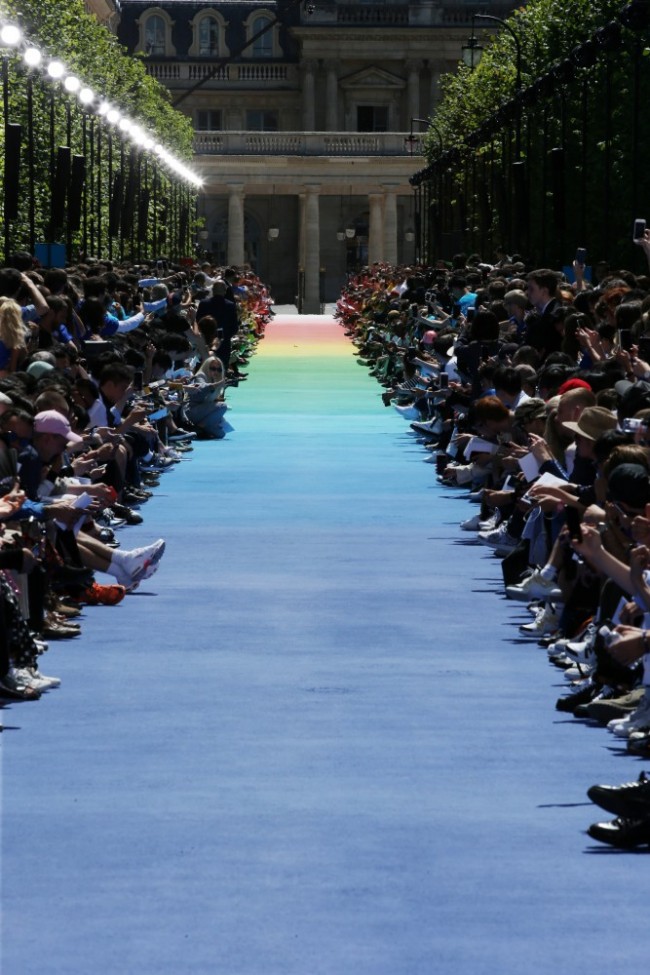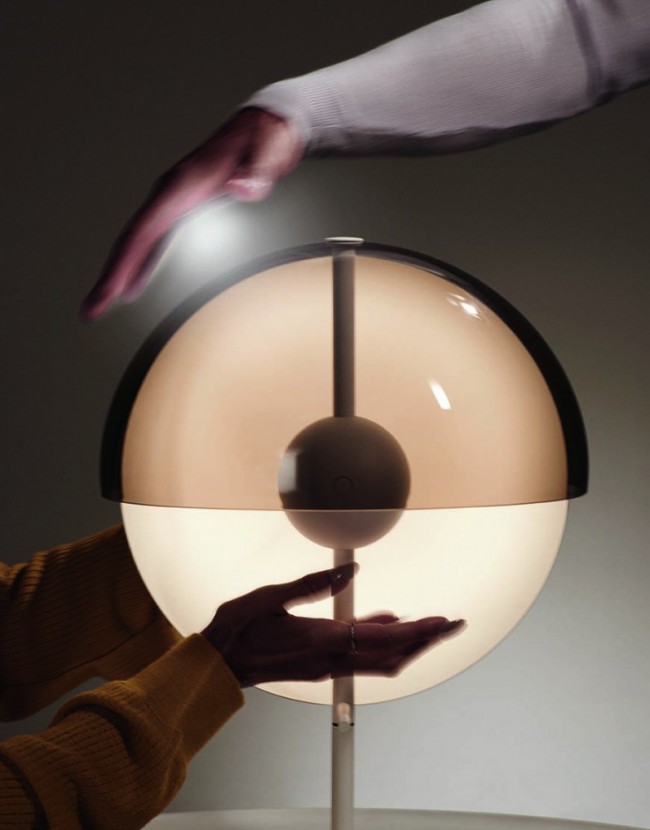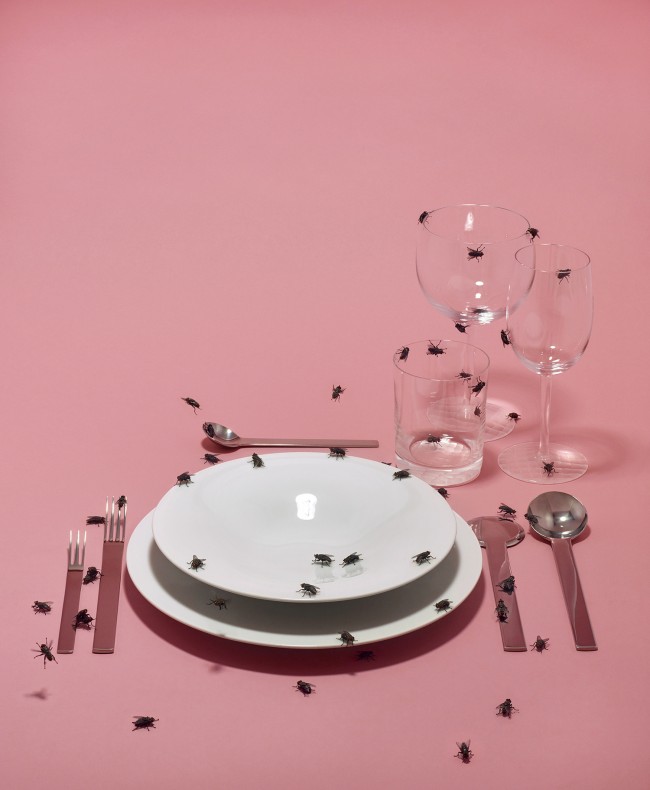INTERVIEW: Pop Polymath Willo Perron On Iconography, Instagram, And Being an Inter-disciplinarian
Pop-polymath Willo Perron, the mastermind behind the sun on PIN–UP’s new cover, has an incredible knack for distilling the visual DNA of a concept to its absolute formal essence, creating memorable experiences that stick with you for years. Yet while his interdisciplinary work is often seen, it is rarely narrated or decoded. He’s best known for the tour design and stage sets for the likes of Drake, Kanye West, Rihanna, and Travis Scott, as well as experiential design such as the 2019 Pornhub awards. But his studio in L.A., Willo Perron & Associates, does much more than that — including furniture, graphic design, art direction, and the kitchen sink, literally, as part of their interior-design practice. PIN–UP sat down with Perron in his office in L.A.’s Silver Lake neighborhood to discuss artistic heritage, mainstream aesthetics, Modernist root systems, and the challenges of running his kind of manifold studio.
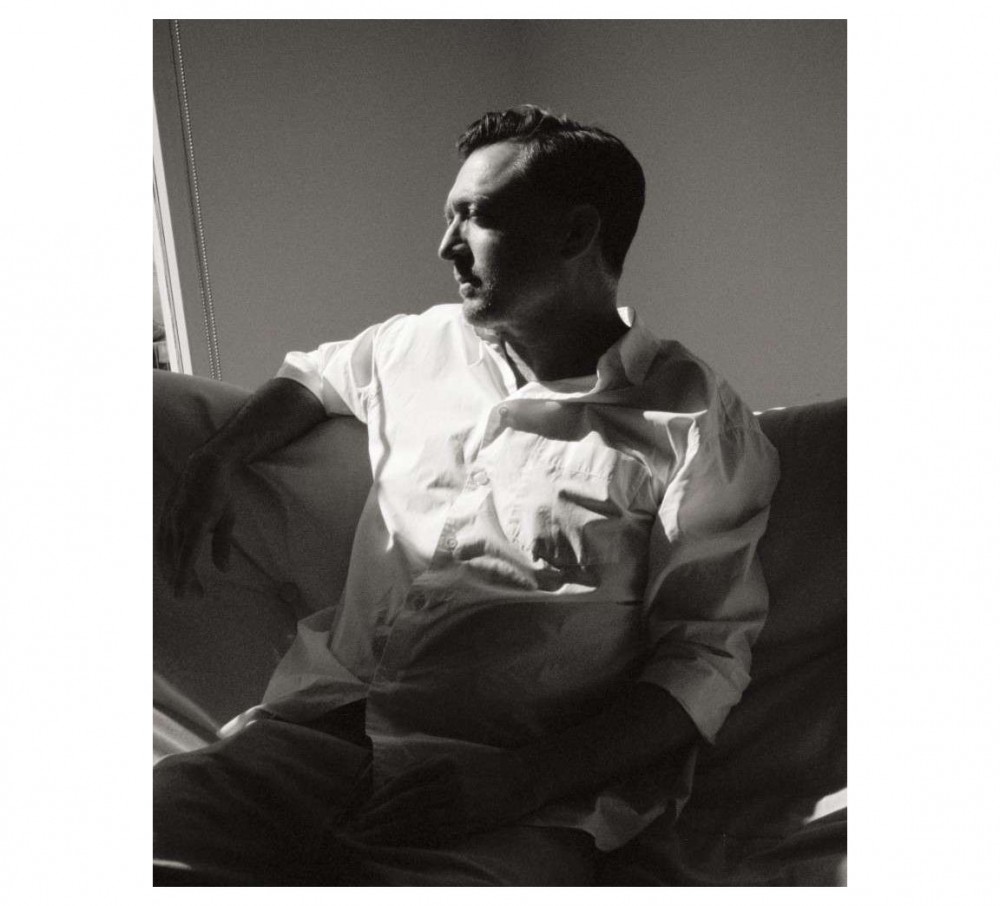
Willo Perron photographed by Amanda Charchian.
Emily Segal: I often like to start here: what were you like as a kid?
Willo Perron: I don’t think much different than this. I probably spent more time drawing than thinking. Really ambitious and living somewhere in between a dream state and real life — which is pretty much still my life now. And I think that if you want to preserve the gift, then your life goal is to sort of climb back, to go back to a childlike creativity.
What was your relationship to art?
My whole family is artistic, but not in an academic way. Christmas in my house is a series of people getting on the piano. You had to have an artistic pursuit, whether it was going to be professional or not. And then in our grade school, every second class was an art curriculum. In retrospect, I thought it was normal. I was in my mom’s house a couple years ago, and the TV was on and there was this news feature about a performing-arts school, and I was like, “Man this is fucking incredible, I wish I’d gone somewhere like that,” and then they pull to the outside and I was like, “Oh, that’s my school!” We were really poor growing up, and it was a public school in Montreal — half the people there just landed into it. It wasn’t a bunch of privileged kids with parents who have connections to the school, it was just a public school on a busy street. But it was an incredible place. I realized much later how privileged we were in the fact that our parents always encouraged us: “Draw, paint, play, go to these places, go to museums! You don’t get the video games, but you get a box of pencils!”
-
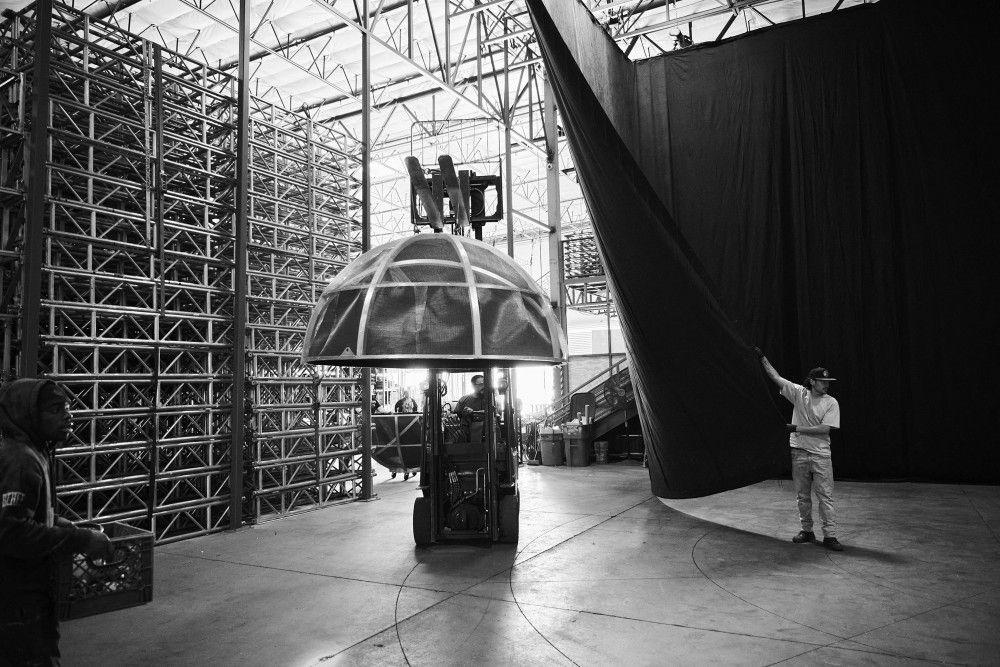
Behind-the-scenes on Willo Perron’s sun production in Las Vegas, March 6, 2020. Photography by David Black. Courtesy of Willo Perron & Associates.
-
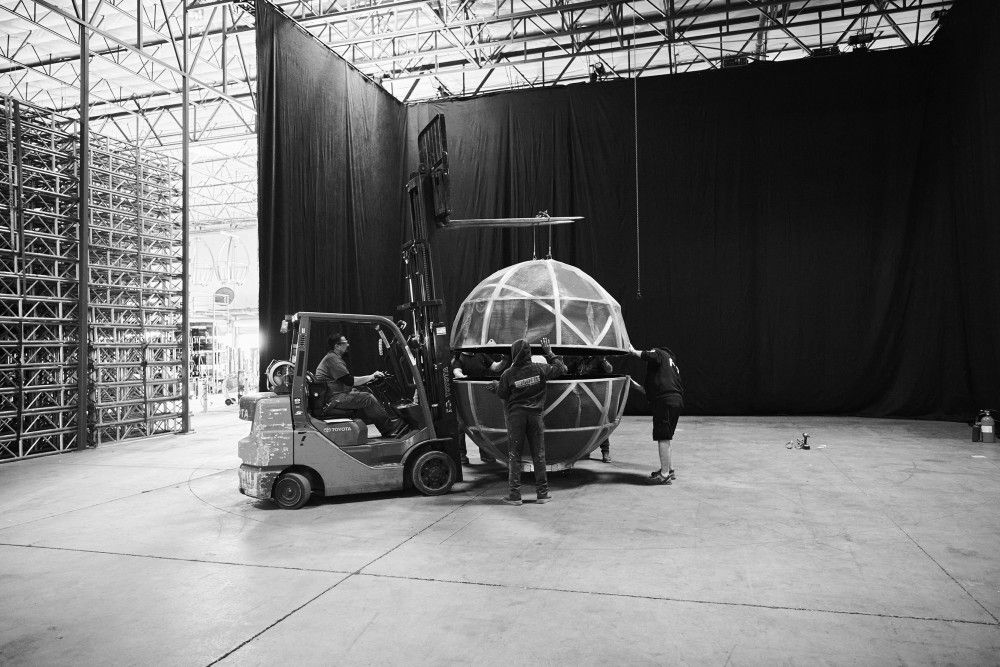
Behind-the-scenes on Willo Perron’s sun production in Las Vegas, March 6, 2020. Photography by David Black. Courtesy of Willo Perron & Associates.
-

Behind-the-scenes on Willo Perron’s sun production in Las Vegas, March 6, 2020. Photography by David Black. Courtesy of Willo Perron & Associates.
-
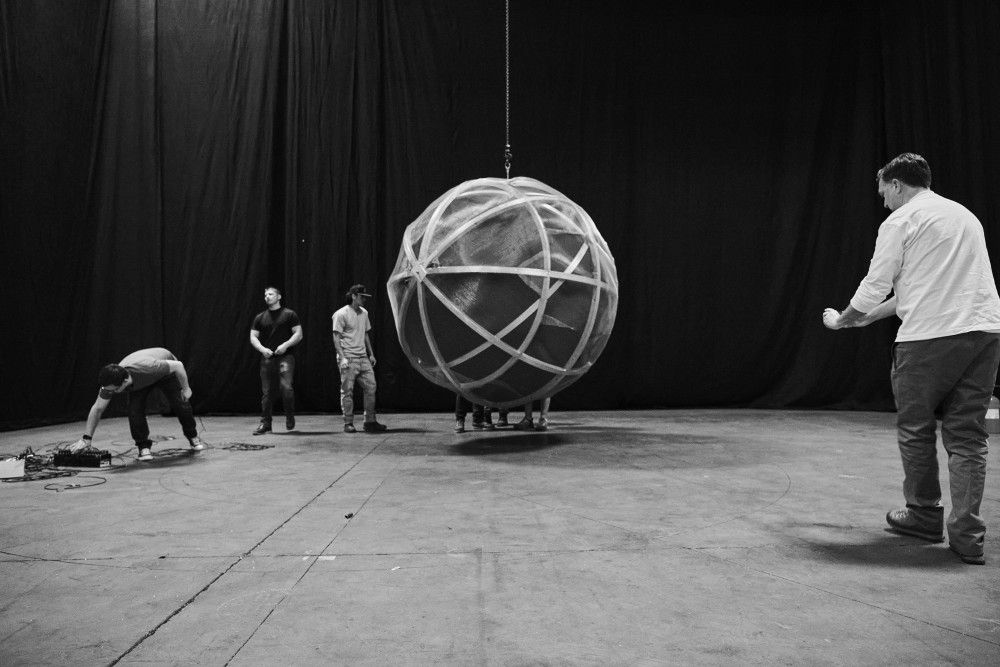
Behind-the-scenes on Willo Perron’s sun production in Las Vegas, March 6, 2020. Photography by David Black. Courtesy of Willo Perron & Associates.
-

Behind-the-scenes on Willo Perron’s sun production in Las Vegas, March 6, 2020. Photography by David Black. Courtesy of Willo Perron & Associates.
-

Still from Willo Perron’s special sun-themed cover shoot for PIN–UP 28, Spring Summer 2020.
Did you stick around in Montreal?
Yeah. I’m a really ambitious character, so I did everything. I ran club nights and had a record store at a record label, all small scale. Made clothes, designed for two clothing companies, promoted concerts, but all at the same time. I opened a few retail stores. Up until this current studio, the idea of opening or starting something was always the thing that interested me. And then when I had to deal with operating things, or getting them consistent, I was just like, “How?” And then I would open another thing to quell that feeling of stagnancy. Eventually people saw the work I was doing designing clothing, and I got asked to come out to L.A. in 1998.
Have you been here ever since?
No. I hated it at first. I had such high disdain for the West Coast. I grew up in cities and in the grip of mid-to-late-1990s New York. And rap was on fire, with Wu-Tang and all that. And then I went to California, and everyone was skateboarding and snowboarding. I was used to Montreal: really sexy, has finesse and is very European, its atmosphere is completely beautiful. Living in L.A. just made me really miserable. I lasted maybe two years and eventually I went to New York. I went to clubs every night and hit the food and restaurant scene, I worked for a record label, I was doing everything — shooting the campaigns, getting musicians. You have to understand the time and place: at the time there was no real confluence of rap and skateboarding, it was just starting to move a little bit. And I brought in a lot of different people, and kind of changed the dynamic. It still felt forced on the West Coast, whereas New York was the legitimate version.
-

Set for Rihanna's Savage X Fenty show.
-
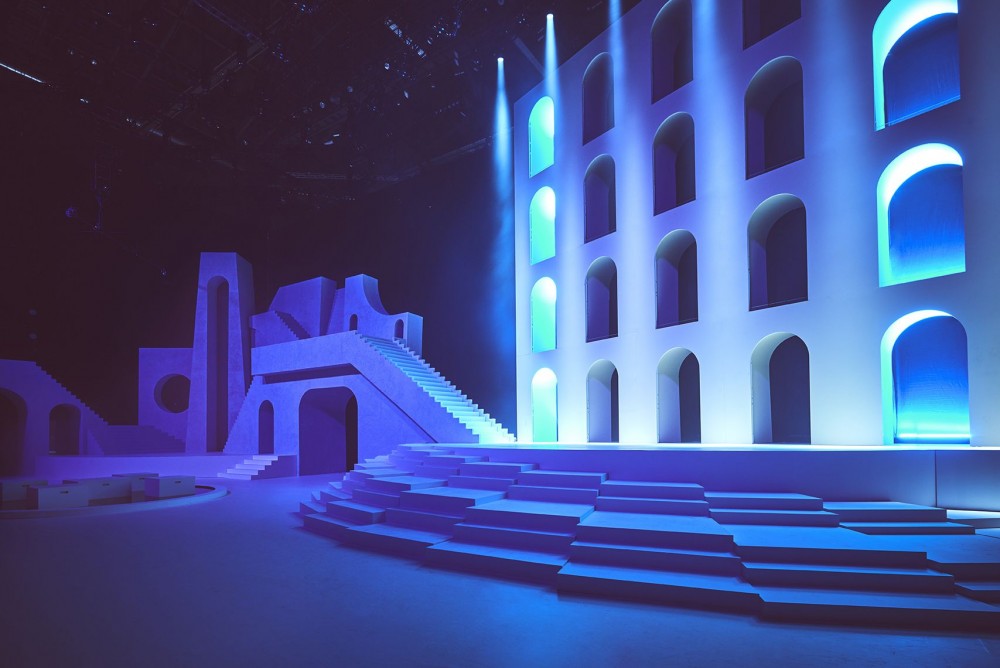
Set for Rihanna's Savage X Fenty show. Courtesy of Willo Perron & Associates.
-

Set for Rihanna's Savage X Fenty show. Image courtesy Willo Perron & Associates.
I think people take it so much for granted now that there is a total interdisciplinary mash-up of everything in culture — but it actually has a historical beginning.
One-hundred percent — I remember when I met Kanye I felt such a sense of relief. Because I was that kid who would go from a weird underground techno club to a hip-hop show and then I’d go to a fashion store looking at Gaultier, saving up my money to buy this new jacket. It was very much a solo venture to be deeply into rap music, hardcore electronic music, art, and fashion all at once. The hardcore guys didn’t give a shit about art, hip-hop guys didn’t give a shit about fashion and art. The gay clubs and the music punks were more fashionable, but they didn’t give a shit about skateboarding. And so I did it all, and by the time I met Kanye he was deeply curious about all of it. I didn’t think about it this way then, but we talk about it now. My perspective is that you always have to maintain quality control — you have to learn figurative painting before you can get into abstraction. I like the guys that know how to do it properly. I like watching them — and then just fucking the whole thing up and changing time signatures. That’s super-interesting to me because I know that you can do it in multiple ways, sort of like Picasso. I think you got to go through those processes to do great things. Even shitty has got to be intentional.
But then there’s also just shitty-shitty. Especially now when we’re in the age of instant Instagram scams, and brands that might just be something dropped from China with a single image. But they look superficially so similar to something already established.
Yes, and it can feel like everything becomes a slightly derivative, diluted version of another thing. If you don’t know the source material, if you haven’t deeply studied the source material, you’re putting another piece of glass in front of your glasses, which is making the thing more and more distorted. And I think that you can tell the difference from somebody who deeply cares about the source material — deeply wants to understand why they did it that way, what they were looking at, and go into it. And what the time was, contextualizing the time. Not to sound old man-ish about this, but I think it’s the problem with people not doing their research, and just seeing the Instagram photo and going, “Oh, that’s cool.”

Set for Aubrey & The Three Migos Tour. Courtesy of Willo Perron & Associates.
I was teaching graphic design at the Rietveld Academie in Amsterdam for two years while I was living in Berlin. What I found there is that the critical surgery of the Modernist design project has dismantled everything to a state where there are no basics that anyone is working from. It has sort of disintegrated.
We’re very much in the second coming of Postmodernism, or something. “Fuck everybody that came before us, and fuck everybody that’s going to come after us, we don’t need to study your bullshit.” Which is great because it dislodges — it’s the Drano® of academia, which is just the circle jerk of one professor having learned from this other professor having learned from another one. And there is greatness in it because it does jar the system, but also there’s a kind of soullessness. And you’ve seen it in music, there’s soullessness to everything because most people are trying to understand how to make something without a root system.
We’re also in the situation where the disruptiveness of 20th-century avant-garde movements is now the dominant ideology of a technology-driven society. I’m definitely not the first to point out that it’s not radical or necessarily progressive to just want to disrupt everything.
It’s even cliché. It is the same irreverence that has happened before, it’s not a new form. I think being unpopular now is really shit. It’s scary — you literally see if you’re considered a loser by the numbers. Whereas before it was like, “I’m misunderstood,” or “Let me figure out if I’m misunderstood,” or, “I haven’t found my community.” Now you have a graph of how much of a loser you are. But losers make all the best shit. The marginalized, the unpopular, always made the most interesting stuff. You had to be marginalized to create that work. I wasn’t very accepted as a kid, so my whole world came from being alone. It was more about spending a lot of time with yourself.
-

Yeezy Studio in Calabasas, California. Creative Direction by Willo Perron & Associates. Photographed by Nicholas Cope.
-
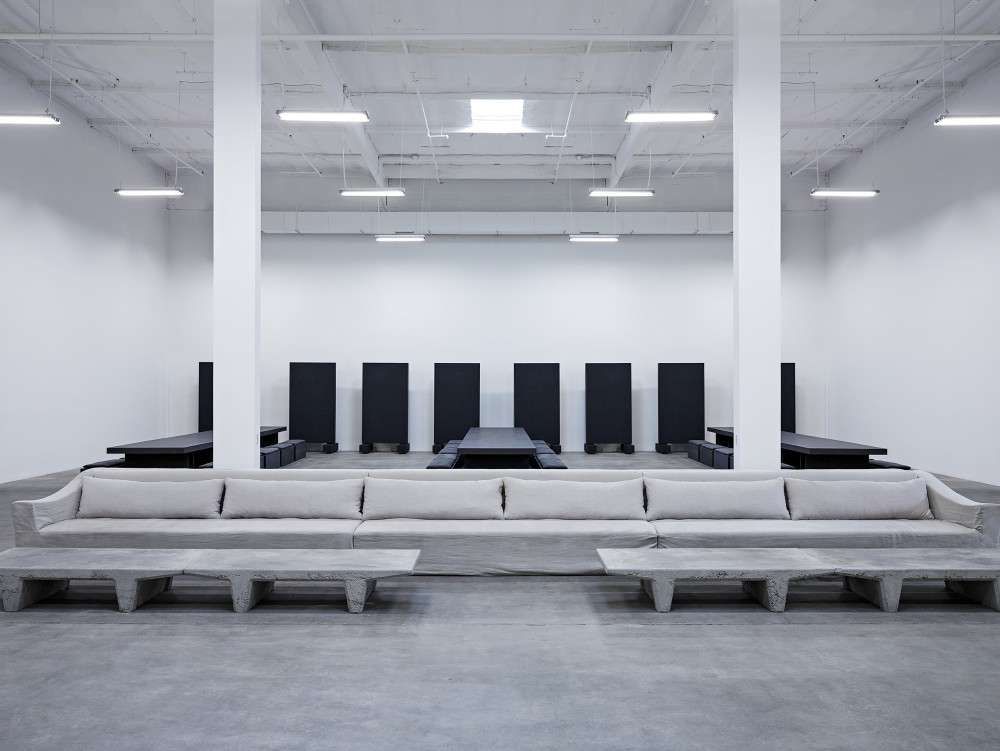
Yeezy Studio in Calabasas, California. Creative Direction by Willo Perron & Associates. Photographed by Nicholas Cope.
-

Yeezy Studio in Calabasas, California. Creative Direction by Willo Perron & Associates. Photographed by Nicholas Cope.
-

Yeezy Studio in Calabasas, California. Creative Direction by Willo Perron & Associates. Photographed by Nicholas Cope.
-
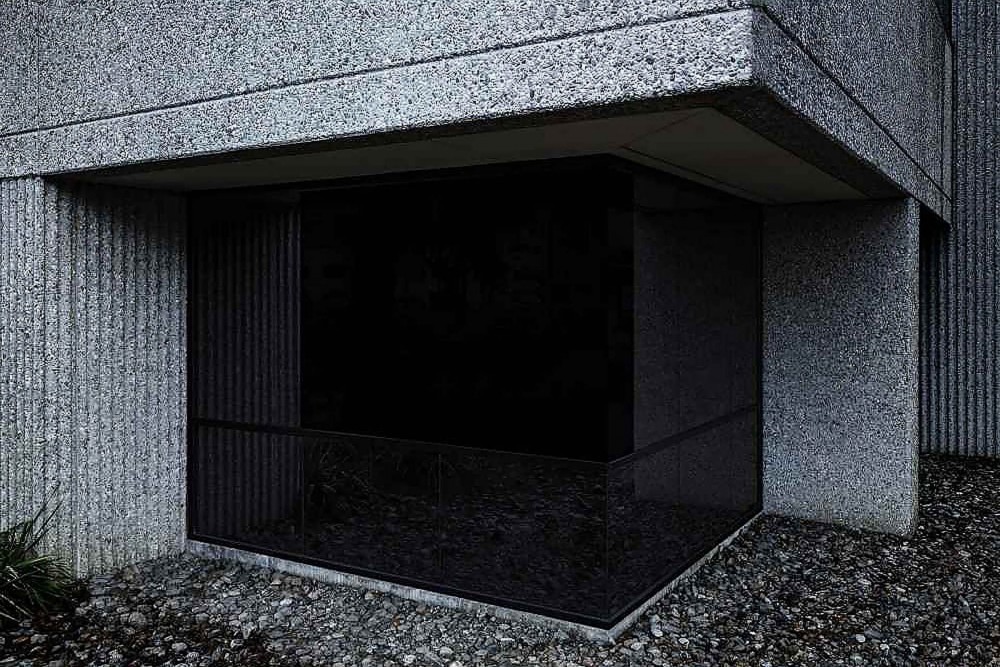
Yeezy Studio in Calabasas, California. Creative Direction by Willo Perron & Associates. Photographed by Nicholas Cope.
-
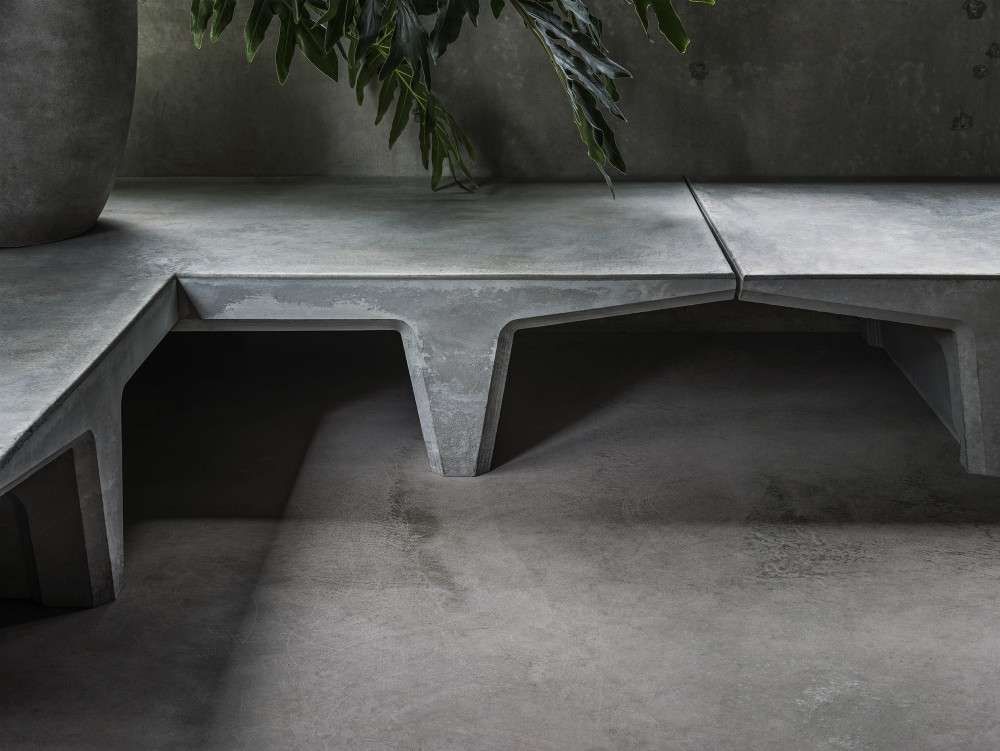
Yeezy Studio in Calabasas, California. Creative Direction by Willo Perron & Associates. Photographed by Nicholas Cope.
How do you think this is affecting the aesthetics of the mainstream? Because that’s obviously something you work with.
Generally, I hate everything. I think everybody is just trying to be nice. Basically we’re all being bred to be politicians. You’re not just putting out shit to piss people off. It’s funny because I know nothing about mainstream culture, if you will. I have no idea. Zero. Nothing. I barely listen to music. I selectively listen to records.
How do projects work at your studio? What’s the process?
I think discovery is probably the biggest part. If we’re working with a brand or a musician or something, it’s about letting the person or the brand or the information tell a story. I think it’s similar to watching life, because all of the information is out there now, on social. One of the things I do is to say, “Send me something. Literally something you read in a newspaper. I just want to get the temperature, I’m not trying to get an aesthetic mood board, leave that to us.” It has to be sort of an emotional thing. Then it’s about how you translate that into a visual work. And we get really invested, emotionally invested. We do a large range of things. But I think with artists’ work it has to be true.

Stage for Alexander Wang's Rockfeller Center show. Courtesy of Willo Perron & Associates.
A mood, not a mood board.
Something real, versus “I think that would be cool.” You’d be surprised how many people ask for that! Most of music and fashion has now just become trend. There isn’t a sense that it comes from a genuine curiosity or an obsession, or going from one domain to another. You just might as well be a mannequin.
How has your practice changed over the years?
Well, it used to just be me just drinking a lot of whiskey and fighting with a laptop. And then it was me and a couple of others, with a laptop. And it never really clicked how much influence it actually had, and how far-reaching it was, until probably very recently. A few years ago I remember telling myself, “Oh! I should really formulate this into a bit more of a practice and studio, and not just me in a small space somewhere with doodles.” People never really understood what I did. And there wasn’t such a thing as “creative director.” Now everyone’s a creative director.
How did you approach the SUN project for PIN–UP? What did you end up making?
After PIN–UP asked me to come up with a concept for the sun, I started in an overly intellectual place. I was reading tons of poetry about the sun, and Carl Sagan books, and talking to my smartest friends. But then I realized that I work on iconography and shows. And the sun is a big ball of fire, exploding. Why shouldn’t I simply create a show version of that?
Interview by Emily Segal, a Los Angeles-based artist, writer, and trend forecaster. Together with Martti Kalliala she founded the alternative design and strategy consultancy Nemesis. She was also a co-founder of the collective K-HOLE.
Photography by Nicholas Alan Cope and Lilli Eiger. Portrait by Amanda Charchian. All images courtesy WPA Inc.
Taken from PIN–UP 28, Spring Summer 2020.



